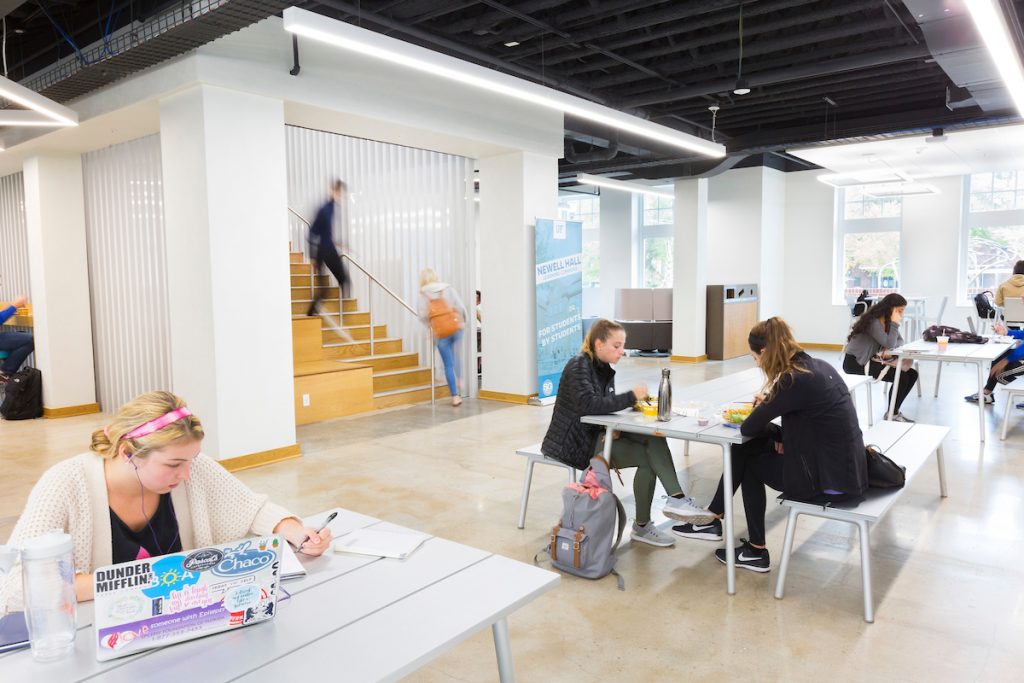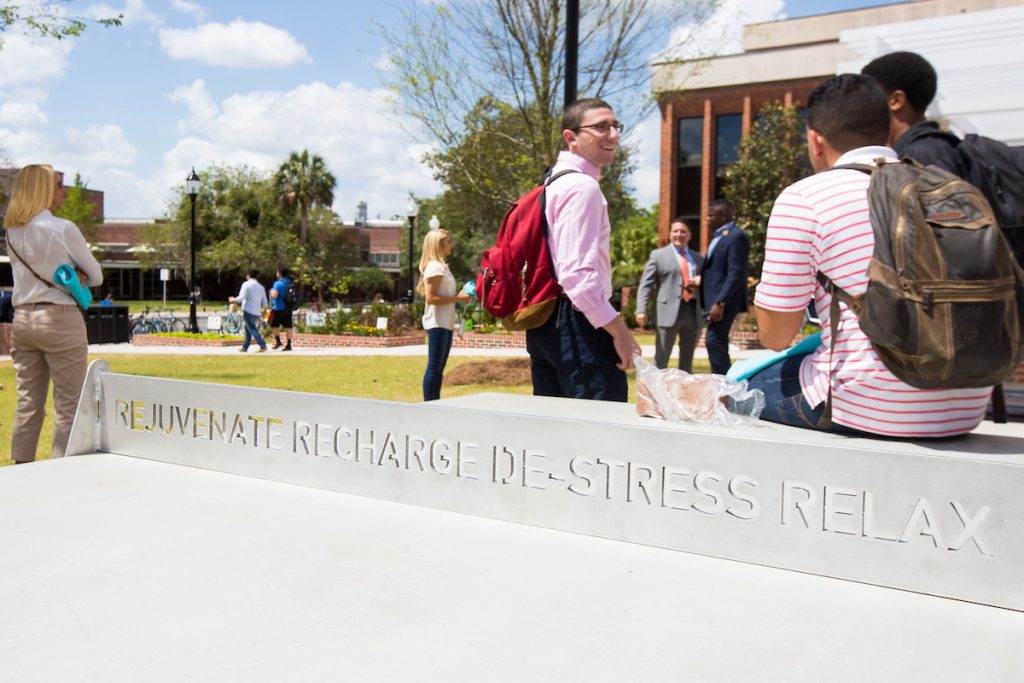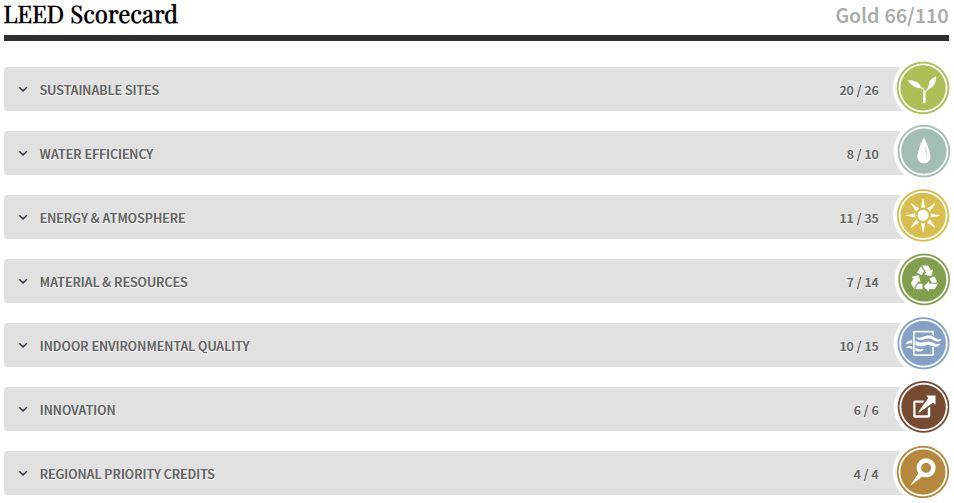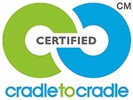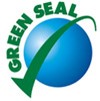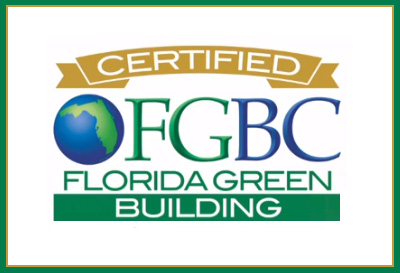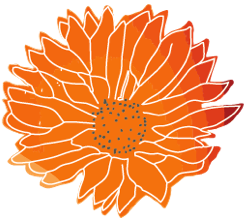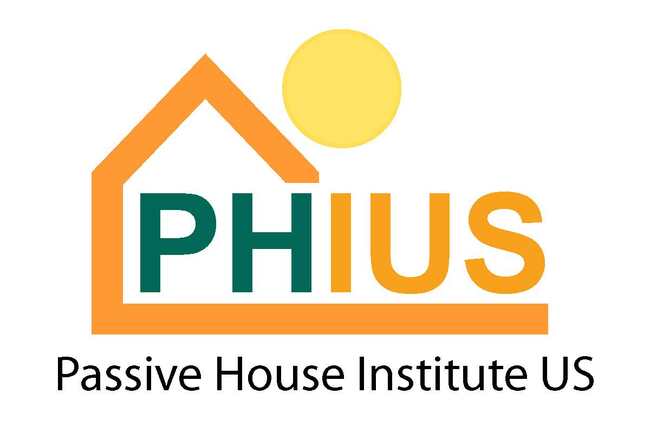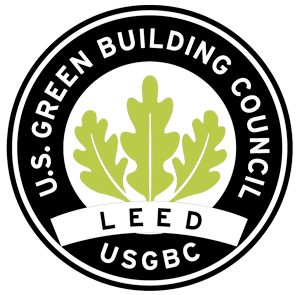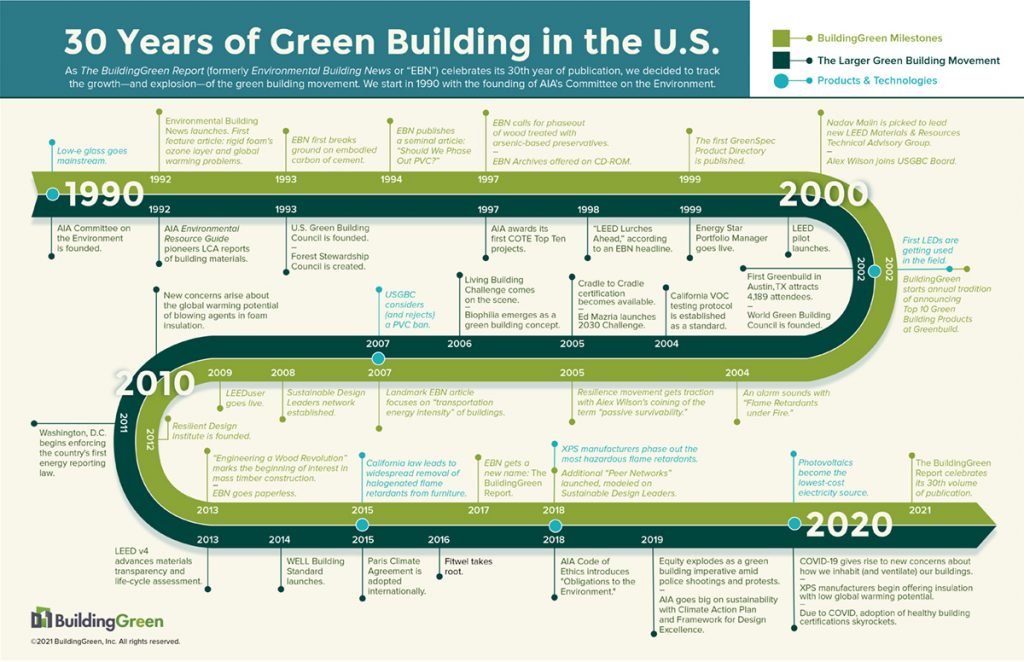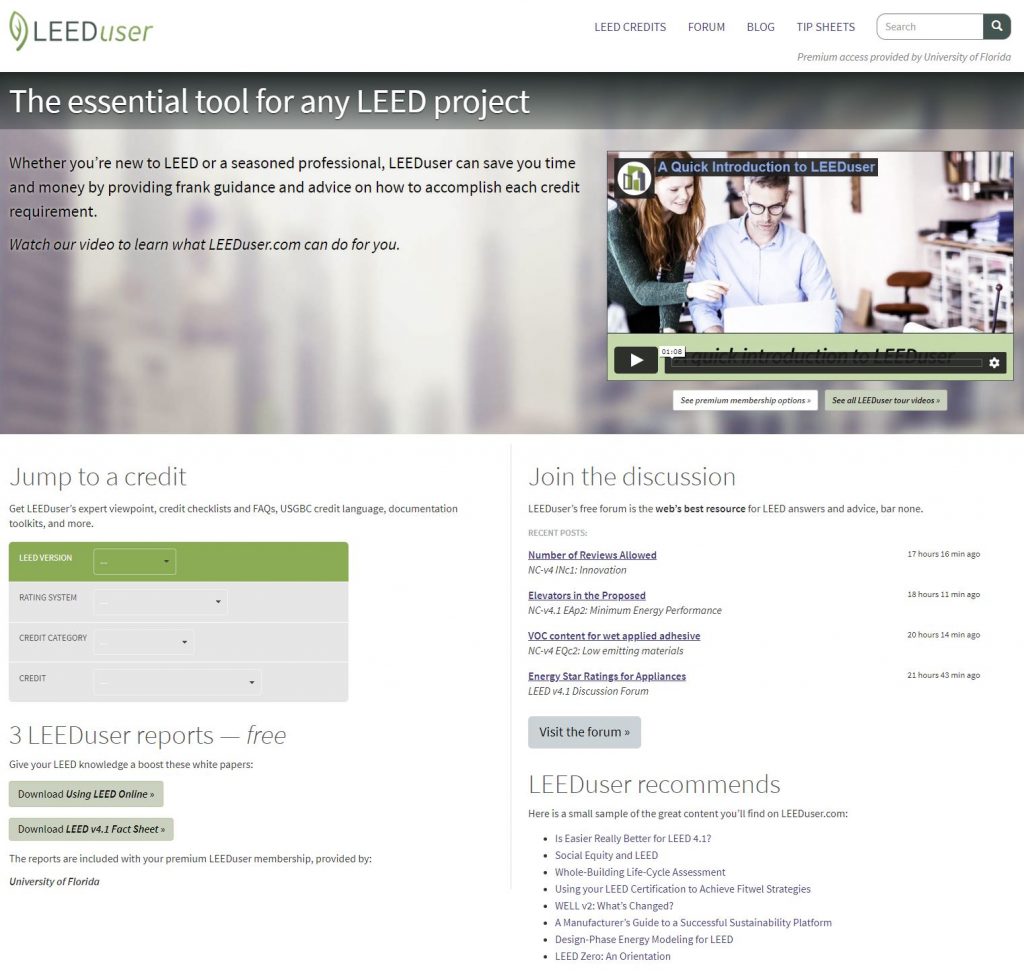Green Protocols
Prosperity Starts With a Plan
The University of Florida has long been an institutional leader in the planning, design, construction, and operations of green buildings across our main campus. As an early adopter of the U.S. Green Building Council (USGBC) Leadership in Energy and Environmental Design (LEED) certification protocols, many campus students, staff, faculty, and visitors have likely already benefited from the human health, energy efficiency, renewable energy, water conservation, environmental preservation, stormwater low impact development, sustainable materials management, and other innovations showcased in many green campus facilities and grounds.
A prominent green building example students have come to love is Newell Hall, the third oldest building on campus. This important facility, listed on the National Register of Historic Places in 1979, was originally built as the Florida Experiment Station in 1910 (William Augustus Edwards, Architect), first renovated in the midst of World War II in 1944 (Rudolph Weaver, Architect), and most recently renovated into a collaborative space for students in 2017 (Robert A.M. Stern Architects, LLP). Now, Newell Hall is a place for students to rejuvenate, recharge, de-stress, and relax as they engage in research, relationships, and refreshments.
Newell Hall
Sustainability Leadership Across UF Campus Facilities
As of 2020, the University of Florida had achieved 89 green building certifications, via seven distinct green protocols, becoming the number one leading public institution of higher education across the United States in green building certifications awarded. Our culture of excellence in sustainability and the built environment has expanded and evolved since our original commitment in 2003. We now require all major renovations and new construction projects to earn the U.S. Green Building Council (USGBC) Leadership in Energy and Environmental Design (LEED) Gold level certification as a minimum level of achievement. To review our institutional goals, discover principles of practice, explore campus case studies, and search a map of our green building success, we encourage you to dig into our data.
Green Protocols
The SBE Program offers all Majors and Minors a baseline background in green product and building standards, codes, and certifications as they increasingly transition from novel innovations into forward-thinking minimum thresholds of achievement in best practice. The SBE Interdisciplinary Specialization students who take a deeper dive into our green protocols disciplinary domain, they may take SBE courses, such as DCP 4214 > Green Building Strategies (i.e., LEED Lab), as targeted electives beyond the required core courses. Our students learn about green protocols in a real world context, through campus and community examples, across all sectors of industry and society, as well as a multitude of building types.
The Whole Building Design Guide, a National Institute of Building Sciences communication and knowledge-sharing portal advancing high-performance facilities across industry, academic, and federal partners, offers a great introductory resource about green building standards and certification systems.
Example Green Product Protocols
Single-Attribute Protocols (Hotlinked & Alphabetical)
Multi-Attribute Protocols (Hotlinked & Alphabetical)
Example Green Building Protocols
Multi-Attribute Protocols (Hotlinked & Alphabetical)
A Timeline of Green Building
SBE Serves Student Success in Sustainability
The SBE Program embodies decades of green product and green building experience, via our faculty, our campus staff, and the thoughtfully targeted sustainability resources curated by the UF George A. Smathers Library subject specialists. See our Research Resources page for additional support.
Green Building Resources for Student Self-Paced Learning
One way SBE serves student success in sustainability skillsets is through providing premium access to the BuildingGreen online ecosystem, a well recognized and respected suite of expert resources amassed over several decades of judicious journalism. From their expansive Knowledge Base about green building principles and practices, to their Green Product Guide and their LEEDuser premium professional certification tools, the BuildingGreen suite of resources are an exceptional complement to the SBE curricula and a gateway to our students entering the workforce with a strong foundation.
Free Online Resources (Log Into Cisco Gatorlink VPN for Access)
- Andrasik, P. (2021). LEED Lab: A Model for Sustainable Design Education (1st ed.). Routledge. https://doi.org/10.4324/9780429449703
- BuildingGreen > LEED User
- Cottrell, Michelle. Guide to the LEED Green Associate V4 Exam, John Wiley & Sons, Incorporated, 2014. ProQuest Ebook Central, https://ebookcentral.proquest.com/lib/ufl/detail.action?docID=1809736
- Cottrell, Michelle. Guide to the LEED AP Homes Exam, John Wiley & Sons, Incorporated, 2012. ProQuest Ebook Central, https://ebookcentral.proquest.com/lib/ufl/detail.action?docID=875844
- Cottrell, Michelle. Guide to the LEED AP Interior Design and Construction (ID+C) Exam : Interior Design and Construction (ID+C) Exam, John Wiley & Sons, Incorporated, 2012. ProQuest Ebook Central, https://ebookcentral.proquest.com/lib/ufl/detail.action?docID=817416
- Cottrell, Michelle. Guide to the LEED AP Operations and Maintenance (o+M) Exam, John Wiley & Sons, Incorporated, 2011. ProQuest Ebook Central, https://ebookcentral.proquest.com/lib/ufl/detail.action?docID=697923
- Cottrell, Michelle. Guidebook to the LEED Certification Process : For LEED for New Construction, LEED for Core and Shell, and LEED for Commercial Interiors, John Wiley & Sons, Incorporated, 2011. ProQuest Ebook Central, https://ebookcentral.proquest.com/lib/ufl/detail.action?docID=693220
- Kubba, Shamil A. A. LEED Practices, Certification, and Accreditation Handbook. Burlington, MA: Elsevier, 2009. https://ufl-flvc.primo.exlibrisgroup.com/permalink/01FALSC_UFL/175ga98/alma99383277661006597
- Mlotek, L. (2023). LeadingGreen: LEED® Green Associate Exam v4 Study Guide (1st ed.). Routledge. https://doi.org/10.1201/9781003405856
Physical Resources in the UF Libraries
- Cottrell, Michelle. Guide to the LEED AP Building Design and Construction (BD + C) Exam. Hoboken, N.J: Wiley, 2011. Print. https://ufl-flvc.primo.exlibrisgroup.com/permalink/01FALSC_UFL/175ga98/alma990259206680306597
- Cottrell, Michelle. Guide to the LEED AP Interior Design and Construction (ID+C) Exam. Hoboken, N.J: Wiley, 2012. Print. https://ufl-flvc.primo.exlibrisgroup.com/permalink/01FALSC_UFL/175ga98/alma990304284040306597
- Cottrell, Michelle. Guide to the LEED AP Homes Exam. Hoboken, N.J: John Wiley, 2012. Print. https://ufl-flvc.primo.exlibrisgroup.com/permalink/01FALSC_UFL/175ga98/alma990310085620306597
- U.S. Green Building Council. LEED Reference Guide for Homes Design and Construction. 2013 edition. Washtington, DC: U.S. Green Building Council, 2013. Print. https://ufl-flvc.primo.exlibrisgroup.com/permalink/01FALSC_UFL/175ga98/alma990336408890306597
- U.S. Green Building Council, issuing body. LEED Reference Guide for Interior Design and Construction. 2013 edition. Washington, DC: U.S. Green Building Council, 2013. Print. https://ufl-flvc.primo.exlibrisgroup.com/permalink/01FALSC_UFL/175ga98/alma990342020400306597
- U.S. Green Building Council. LEED Reference Guide for Neighborhood Development. V4. Washington, DC: U.S. Green Building Council, 2014. Print. https://ufl-flvc.primo.exlibrisgroup.com/permalink/01FALSC_UFL/175ga98/alma990342020350306597
